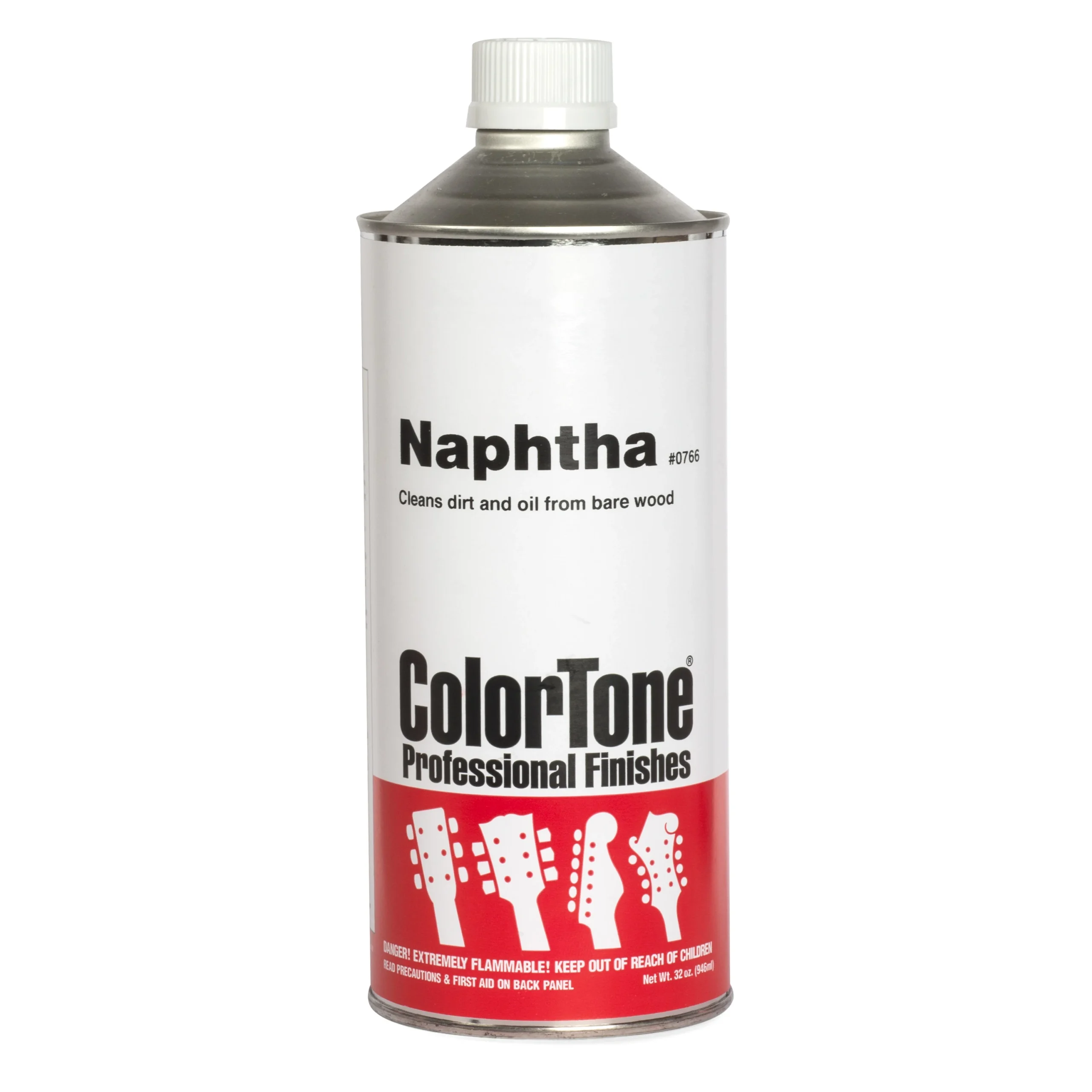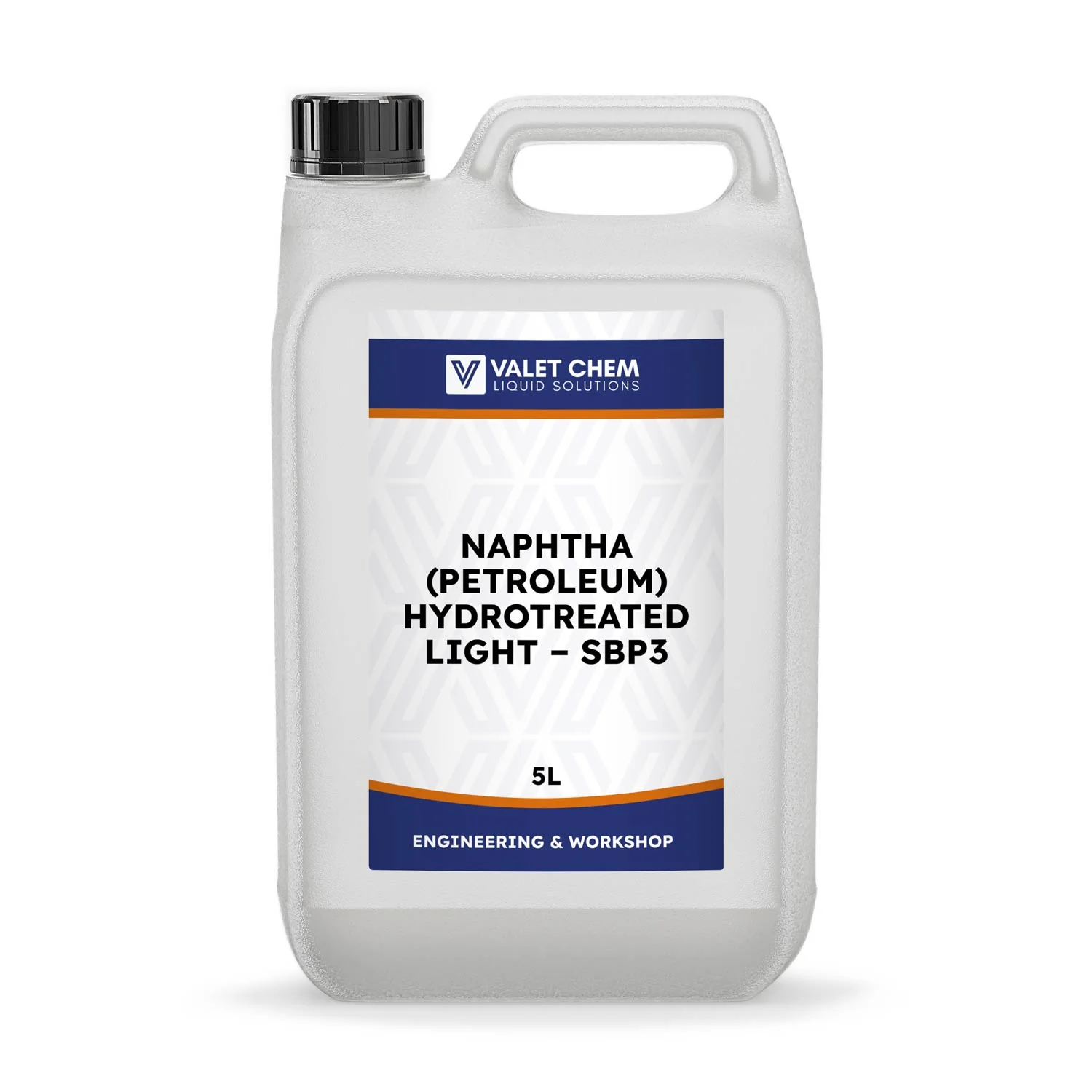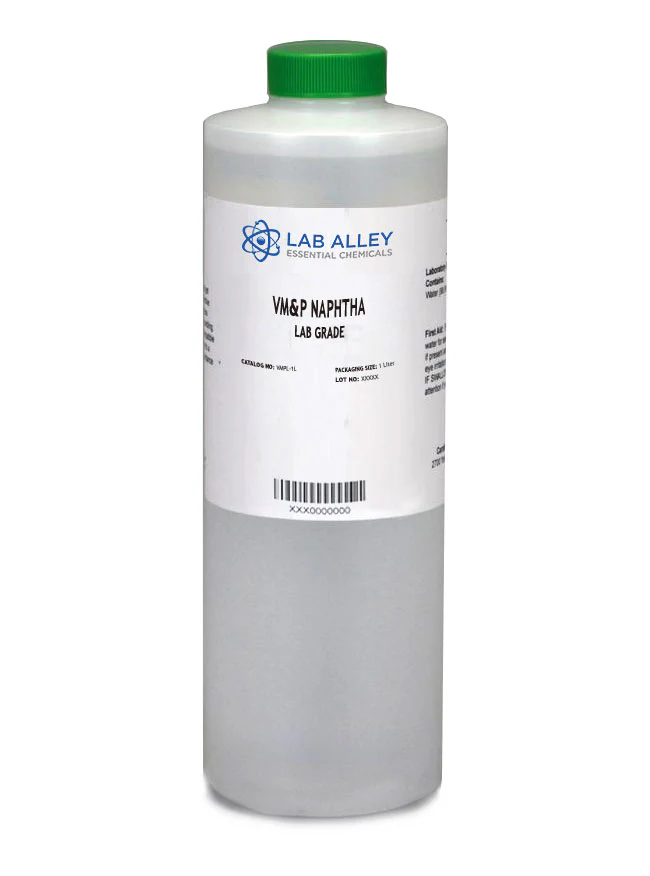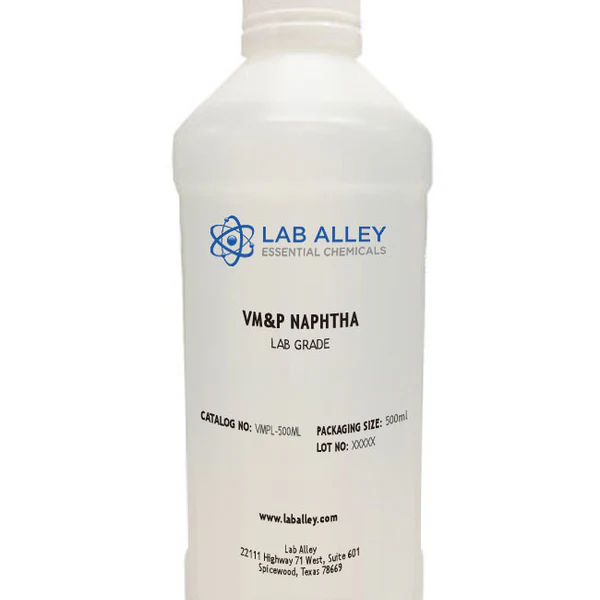Description
Naphtha: The Unsung Hero of Petrochemicals and Fuel
Naphtha, a word often whispered in the boardrooms of oil refineries and petrochemical plants, may not be a household term, but it plays a crucial role in powering our economy and shaping the products we use every day. Understanding naphtha is key to understanding the broader world of petroleum and its diverse applications.
What is Naphtha?
Naphtha is a volatile, flammable liquid hydrocarbon mixture, obtained as an intermediate product in the refining of crude oil. It’s essentially a fraction of crude oil distilled between gasoline and kerosene, typically containing hydrocarbons with 5 to 12 carbon atoms. Think of it as a crucial building block, situated between the lighter gasoline components and the heavier kerosene and diesel fuels.
Two Main Types: Heavy and Light
Naphtha is broadly classified into two main categories based on its boiling point range:
- Heavy Naphtha (Full-range Naphtha): Heavier fractions with a higher boiling point range. This type is often used as a feedstock for gasoline production via catalytic reforming and isomerization processes.
- Light Naphtha: Lighter fractions with a lower boiling point range. It’s primarily used as a feedstock for steam cracking in the petrochemical industry, where it’s broken down into smaller molecules like ethylene and propylene.
The Petrochemical Powerhouse
The real significance of naphtha lies in its role as a primary feedstock for the petrochemical industry. Through a process called steam cracking (also known as pyrolysis), naphtha is heated to high temperatures in the presence of steam, breaking down its complex hydrocarbon molecules into simpler, more valuable olefins like:
- Ethylene: The most important building block in the petrochemical industry, used to produce polyethylene (plastics), ethylene glycol (antifreeze), and vinyl chloride (PVC).
- Propylene: Used to manufacture polypropylene (plastics), acrylonitrile (fibers), and propylene oxide (polyurethanes).
- Butadiene: A key raw material for synthetic rubber production.
These olefins, in turn, are the starting points for a vast array of products that are integral to modern life, from packaging and textiles to automotive parts and construction materials. Effectively, naphtha is the unsung hero powering countless everyday items.
Fueling Our Future (and Present)
While its petrochemical applications are paramount, naphtha also plays a role in fuel production:
- Gasoline Blending: Heavy naphtha can be reformed to produce high-octane gasoline components, improving the fuel’s antiknock properties.
- Industrial Solvent: Naphtha can be used as a solvent in various industrial applications, such as cleaning, degreasing, and paint thinning.
Considerations and Challenges
The naphtha industry is subject to several factors impacting its production, pricing, and utilization:
- Crude Oil Prices: Naphtha’s price is directly tied to the price of crude oil, making it susceptible to market volatility.
- Refinery Configurations: The type and configuration of a refinery determine its capacity to produce naphtha and other petroleum products.
- Demand Dynamics: The demand for petrochemicals and gasoline influences the overall demand for naphtha, impacting production levels.
- Environmental Regulations: Stricter environmental regulations are pushing for cleaner production methods and alternative feedstocks, potentially impacting the long-term role of naphtha.
The Future of Naphtha
As the world moves towards more sustainable energy sources and materials, the future of naphtha remains a topic of discussion. While its dominance in the petrochemical industry is likely to continue in the near future, the development of alternative feedstocks, such as bio-naphtha derived from renewable sources, is gaining traction. These sustainable alternatives could potentially reduce the environmental impact of petrochemical production.
In conclusion, naphtha is a vital and versatile product derived from crude oil, playing a critical role in both the petrochemical and fuel industries. Its significance as a feedstock for plastics, synthetic rubber, and other essential materials makes it an indispensable component of our modern economy. While challenges remain, the future of naphtha likely involves a continued focus on efficiency, sustainability, and the exploration of alternative feedstocks.
















Reviews
There are no reviews yet.